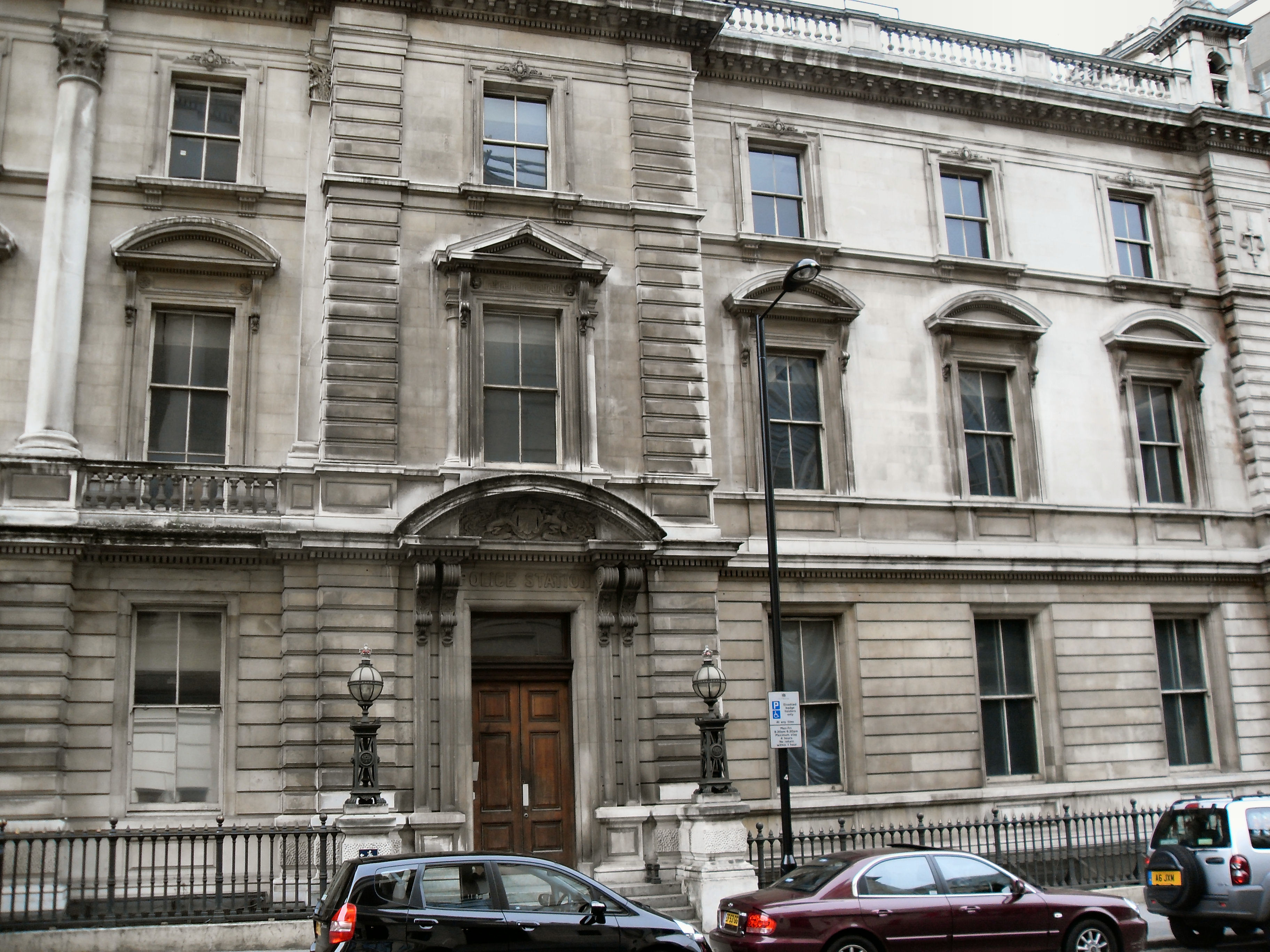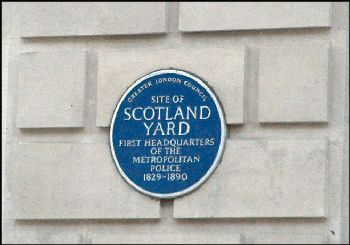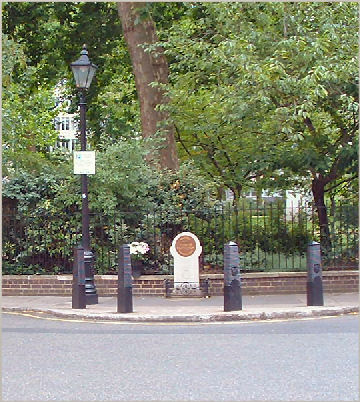London Bobby

The first thing approaching a police force arrived in the seventeenth century during the reign of Charles II. They were nicknamed "Charlies". Their job was to patrol the streets at night armed with only a cudgel and a rattle to attract attention if a crime was being committed. These glorified night-watchmen were paid a shilling a night. They were nearly all elderly men who were too old for regular jobs, and were quite often given a good beating by the criminal fraternity.
Then in 1749 enter the first police detectives, the famous "Bow Street Runners," who were the forerunners of the modern metropolitan police force. The unpaid Westminster magistrate, Colonel Thomas de Veil, who often took bribes, carried out his own detective work without assistance.
Henry Fielding, the author of "Tom Jones" (1749), was anxious to secure a future for his family, as he was unsure of his story-telling success, accepted the magistrate's job worth £1,000 per year, a small fortune in those distant days.
With six honest and true men, unpaid except for rewards by the citizens, he banded together to fight crime on the streets. After two years their number had risen to eighty and they were being called the 'Bow Street Runners' after the house in Bow Street where Henry Fielding lived. Tragically, Henry Fielding died in 1754, though his place was taken by his half-brother, John Fielding, who went on to expand the force to include foot patrols. He also started a weekly journal called Hue and Cry that would later become the Police Gazette.

Bow Street Police Station and Court Rooms
By 1792 the Bow Street Runners had a total of eight officers in the city, and the runners were paid a salary of 25 shillings per week, also sharing in any rewards paid for arresting criminals. The runners had no uniforms, and it was not till 1805 that uniforms were brought in.
The Bow Street Runners continued until 1839, and when the Bow Street police office moved in 1881 all records went missing.
 Scotland Yard.
Scotland Yard.
The Metropolitan Police Act came into force on 19th June 1829 after Home Secretary Sir Robert Peel (where the nickname Bobby comes from) had eventually persuaded Parliament of the importance of a new police force for London so that rampant crime and disorder could be controlled. The City of London was excluded, partly because they already had an early form of organised uniformed patrol.
The new headquarters was established at 4 Whitehall Place. The back entrance, used by visitors to the Commissioners, was in Great Scotland Yard and the name "Scotland Yard" became used for the force itself. In the 1890s the Metropolitan Police moved to New Scotland Yard, a grand building on the Thames Embankment. The stone was quarried by prisoners on Dartmoor

New Scotland Yard on Victoria Embankment was designed by Norman Shaw and was once the Metropolitan Police Headquarters, before they moved to their new HQ at the Broadway, taking their famous Scotland Yard name with them.
Sir Edward Henry's Fingerprint theory.
It was while Sir Edward Henry was Inspector General with the Bengal Police Force in India that he became aware of the poor illiterate Indian workers who, when collecting their pay packets, would press a thumbprint on a docket. When he inquired why this was, he found out that everyone had a different set of fingerprints, and he then wrote a book expounding the theory. His idea on fingerprints was accepted by the Metropolitan Police, and when he became the Commissioner of Police in London in 1901, the Central Fingerprint Branch was established.
By 1902 they had 2000 sets of fingerprints on file, and in 1905 the murderers of Mr and Mrs Farrow were found guilty as their fingerprints matched those that were found in the Farrow's shop where the murders took place. Both killers were hanged and this helped set the history of the fingerprint at the forefront of police detection. Sir Edward Henry remained at the top of the Metropolitan Police Force until he retired in 1918. He died in 1931 at the ripe old age of 80.
Police memorial stone.
St James's Square has the first London monument to a policewoman. On the 17th April 1984 a young policewoman, P.C Yvonne Fletcher, was standing by the railings in the square, looking after a group of peaceful protesters opposite the Libyan embassy, when shots from a sub-machine gun were fired from an upstairs window. Yvonne was hit by one of the shots on the spot where this remembrance stone now stands. She died an hour later in Westminster Hospital. One of the longest sieges in British police history then took place, lasting eleven days, after which, on the day of Yvonne's funeral, the embassy staff were allowed to walk free, claiming diplomatic immunity.

The site where P.C Yvonne Fletcher fell opposite the Libyan embassy.
Take a Walk with Police Constable Robert Turner, from his notes of 12 July 1898
Police Force Officers Roll of Honour
Metropolitain Police Historical Timeline
London Time

Follow Us
The contents of this website are the property of knowledgeoflondon.com and therefore must not be reproduced without permission. Every effort is made to ensure the details contained on this website are correct, however, we cannot accept responsibility for errors and omissions.
© Copyright 2004 -
Contact Us | Advertise